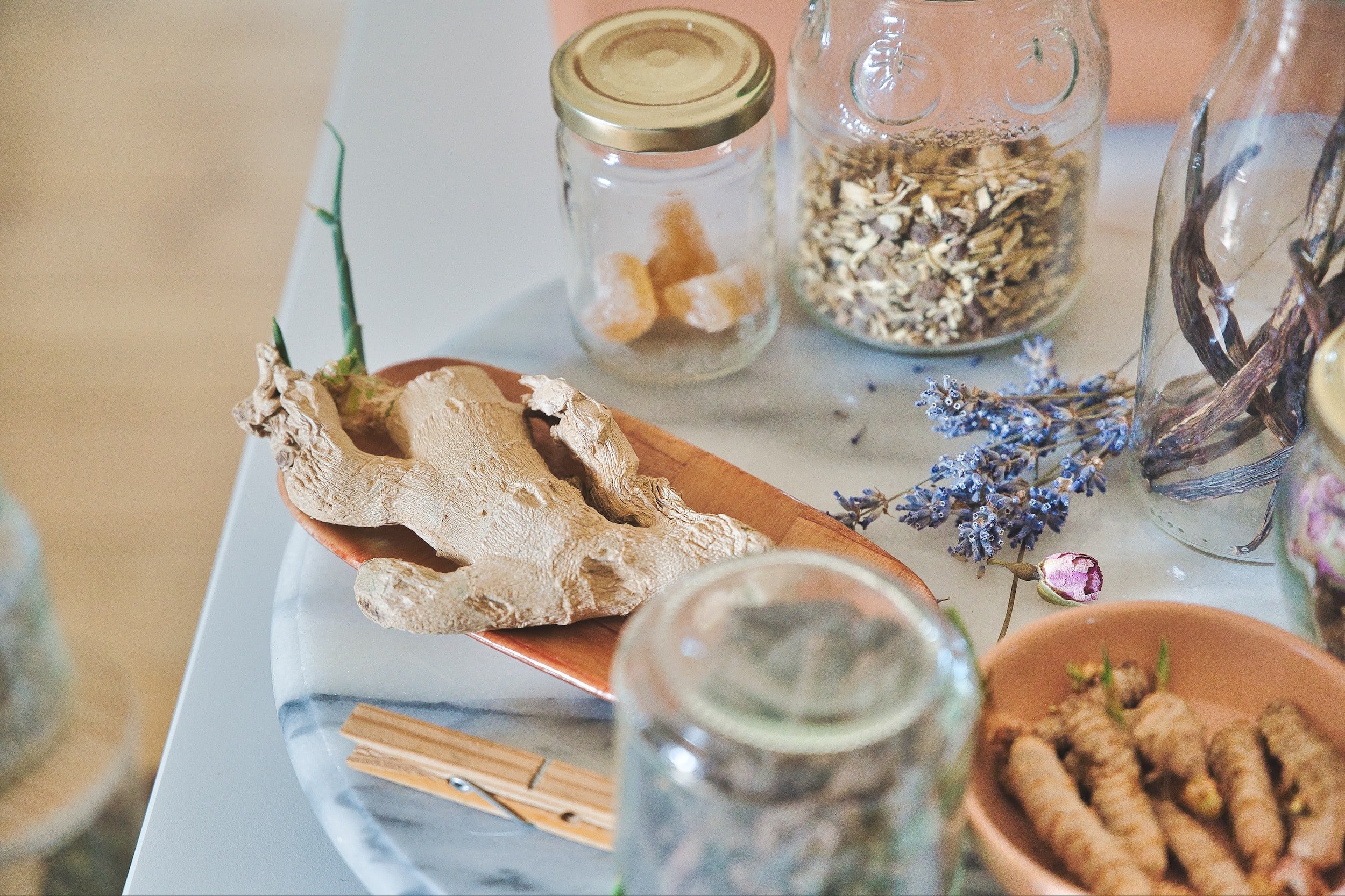
A comprehensive guide to growing Medicinals in your backyard
"The garden is a pharmacy; the gardener is the pharmacist."
- Allan ArmitageEducation is a powerful healing tool! Our mission is to empower people to learn about natural remedies and find a deeper connection to the healing power of plants, many of which are growing right in your backyard!
Regardless of your skill level, there is something for everyone. From beginner to expert, we hope you will learn and grow with us!
"Let food be thy medicine and medicine be thy food."
- Hippocrates
Ready to take the next step?
Find our resources and start your herbal journey today.
Growing your own medicinal plants is a rewarding and empowering way to take control of your health and wellness. Not only do you get to enjoy the beauty and aroma of fresh herbs, but you also have access to their many healing properties. Here is a step-by-step guide to growing medicinal plants in your backyard.
Choosing the Right Medicinal Plants
When choosing the right medicinal plants for your backyard, it's important to consider your climate, soil conditions, and personal health needs. Our list of common medicinal herbs will give you a great list to start but may have to be refined depending on your climate and zone. It’s also important to take into account your health needs. Visit our common herbals page to learn more about each one and if they are a fit for your backyard medicinal plants garden!
Planting Medicinal Seeds and Seedlings in appropriate Sun and Zones
When it comes to planting medicinal seeds and seedlings, it's important to consider the appropriate amount of sunlight and the climate zone in which they will grow best. Different plants require different amounts of sunlight and will thrive in specific climate zones. Here are some general guidelines to follow:
Full sun: Many popular medicinal plants, such as echinacea, lavender, and St. John's Wort, prefer to be planted in full sun. This means they should receive at least six hours of direct sunlight per day. Be sure to choose a location in your backyard that receives full sun throughout the day.
Partial shade: Some medicinal plants, such as valerian and woodland herbs like goldenseal, prefer partial shade. This means they should receive between three to six hours of direct sunlight per day, either in the morning or afternoon. Partial shade can be achieved by planting in the shadow of a taller plant or in a location that receives dappled sunlight throughout the day.
Climate zones: The United States Department of Agriculture (USDA) has divided the country into 11 different climate zones based on average annual minimum temperatures. Different medicinal plants will thrive in different climate zones, so it's important to choose plants that are appropriate for your location. For example, echinacea and St. John's Wort are both hardy in USDA zones 3-9, while ginger and turmeric require warmer temperatures and are more suited to zones 8-11.
Harvesting and Drying Medicinal Plants
Harvesting your medicinal plants at the right time is essential to ensure that they have the highest potency and effectiveness. Harvesting times vary depending on the plant, so be sure to research the specific requirements for each one. After harvesting, you can dry the plants in a warm, dry place or use them fresh for teas, tinctures, and other remedies. To dry your herbs, tie them in small bundles and hang them upside down in a warm, dry place with good air circulation.
Storing and Using Your Medicinal Plants
Proper storage is essential to maintaining the potency and effectiveness of your medicinal plants. Store them in a cool, dry place away from sunlight and moisture. You can use the dried plants to make teas, tinctures, salves, and other remedies to support your health and wellness. When using your medicinal plants, make sure to follow proper dosage and usage instructions to avoid any potential adverse effects.
The Benefits of Growing Your Own Medicinal Plants
Growing your own medicinal plants has many benefits beyond just the convenience of having fresh herbs on hand. It allows you to control the quality of the plants and ensure that they are free from pesticides and other harmful chemicals. Additionally, growing your own medicinal plants can be a therapeutic and stress-reducing activity that connects you with nature and promotes mindfulness.

“The power of a medicinal garden lies not only in the plants themselves, but in the connection we forge with the natural world.”
Let’s grow together.
Learn one herbal a week!
Get summaries of plant powers sent to your inbox. You will be an expert in no time!

